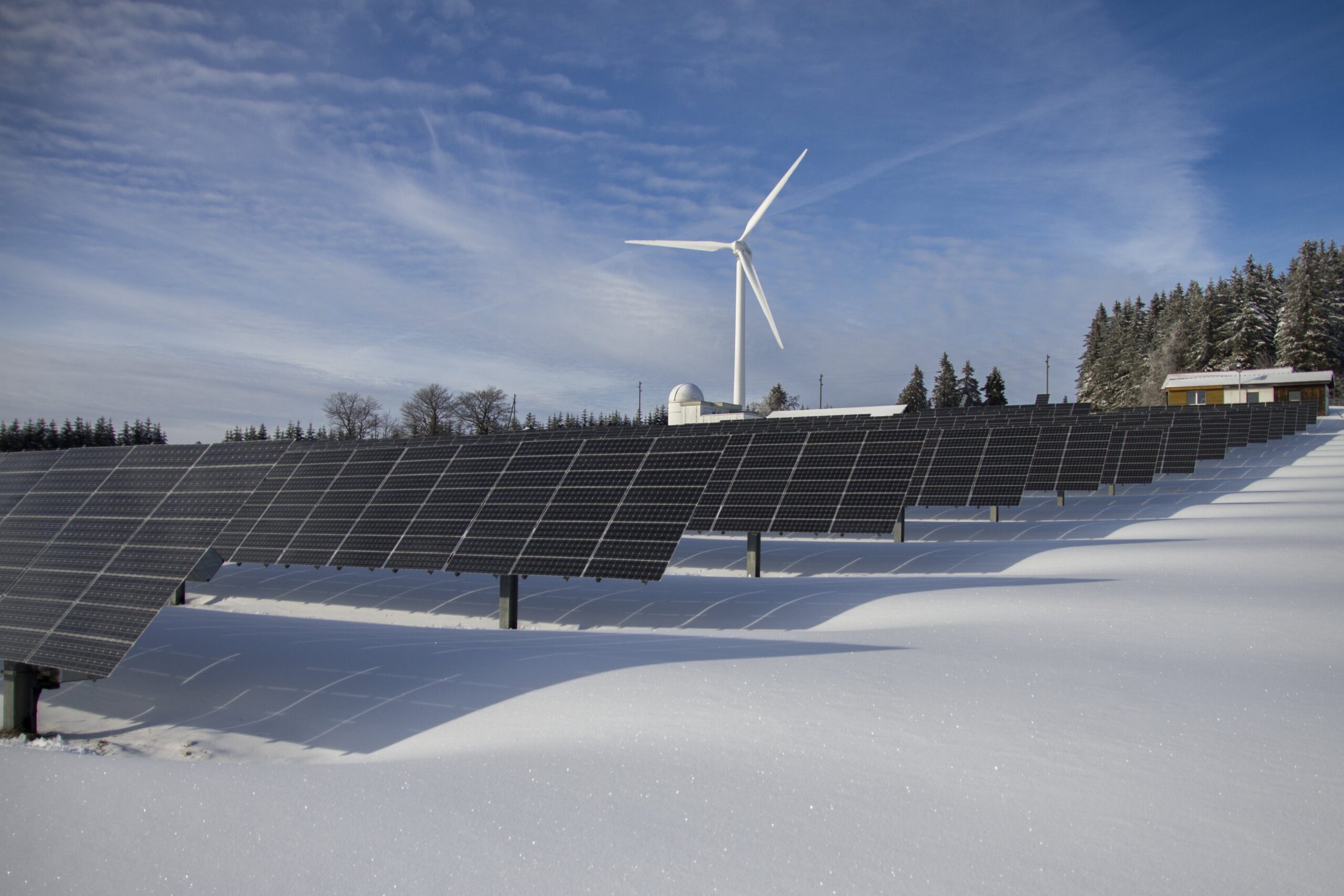Introduction:
In an era driven by technological advancement, the fusion of power and automation solutions stands at the forefront of innovation. The dynamic interplay between efficient energy management and intelligent automation is reshaping industries, enhancing productivity, and contributing to a sustainable future. This blog will explore the symbiotic relationship between power and automation solutions, shedding light on their applications, benefits, and the transformative impact they have on various sectors.
- Efficient Energy Management:
- Overview: Efficient energy management is at the core of power solutions. From renewable energy sources to smart grids, the goal is to optimize energy consumption, reduce waste, and ensure a stable and reliable power supply.
- Applications: Power solutions in energy management are evident in the deployment of smart meters, demand response systems, and grid optimization technologies. These applications contribute to a more resilient and sustainable energy infrastructure.
- Renewable Energy Integration:
- Overview: The integration of renewable energy sources, such as solar and wind power, into the power grid is a key aspect of modern power solutions. This move towards clean energy is pivotal for mitigating the impact of climate change.
- Applications: Power solutions facilitate the seamless integration of renewable energy into the grid through advanced monitoring systems, energy storage solutions, and grid balancing technologies.
- Smart Grids:
- Overview: Smart grids leverage automation and digital technologies to enhance the efficiency, reliability, and sustainability of power distribution. These grids enable bidirectional communication between utilities and consumers.
- Applications: Power and automation solutions in smart grids involve the use of sensors, communication networks, and advanced analytics to monitor, control, and optimize the generation, distribution, and consumption of electricity.
- Industrial Automation:
- Overview: Industrial automation involves the use of control systems and technology to handle different processes in manufacturing and other industries. Automation enhances efficiency, reduces downtime, and improves overall productivity.
- Applications: Power and automation solutions in industrial settings include robotic systems, programmable logic controllers (PLCs), and supervisory control and data acquisition (SCADA) systems. These technologies streamline manufacturing processes and contribute to the growth of Industry 4.0.
- Building Automation Systems (BAS):
- Overview: Building automation systems integrate power and automation solutions to optimize the operation of buildings. This includes controlling heating, ventilation, air conditioning (HVAC), lighting, and security systems.
- Applications: BAS uses sensors, actuators, and centralized control systems to monitor and manage building functions efficiently. This results in energy savings, improved comfort, and enhanced security within commercial and residential structures.
- Smart Cities:
- Overview: The concept of smart cities involves the integration of power and automation solutions to enhance urban living. Smart city initiatives focus on improving energy efficiency, transportation, public services, and overall quality of life.
- Applications: Power solutions in smart cities encompass intelligent street lighting, energy-efficient buildings, automated transportation systems, and data-driven governance. These applications contribute to sustainable urban development.
- Energy Storage Solutions:
- Overview: Energy storage solutions play a crucial role in balancing the intermittent nature of renewable energy sources. They involve storing excess energy during periods of low demand for use during peak demand or when renewable sources are not generating power.
- Applications: Power and automation solutions in energy storage include advanced battery technologies, pumped hydro storage, and compressed air energy storage. These solutions enhance grid stability and support the integration of renewable energy.
Conclusion:
The convergence of power and automation solutions represents a transformative force shaping our energy landscape and the way industries operate. From the optimization of energy consumption to the seamless integration of renewable sources, the synergy between power and automation is unlocking unprecedented opportunities for sustainability, efficiency, and innovation. As technology continues to advance, the impact of this synergy will be felt across diverse sectors, fostering a future where power and automation work hand in hand to power progress and shape a more sustainable world.

